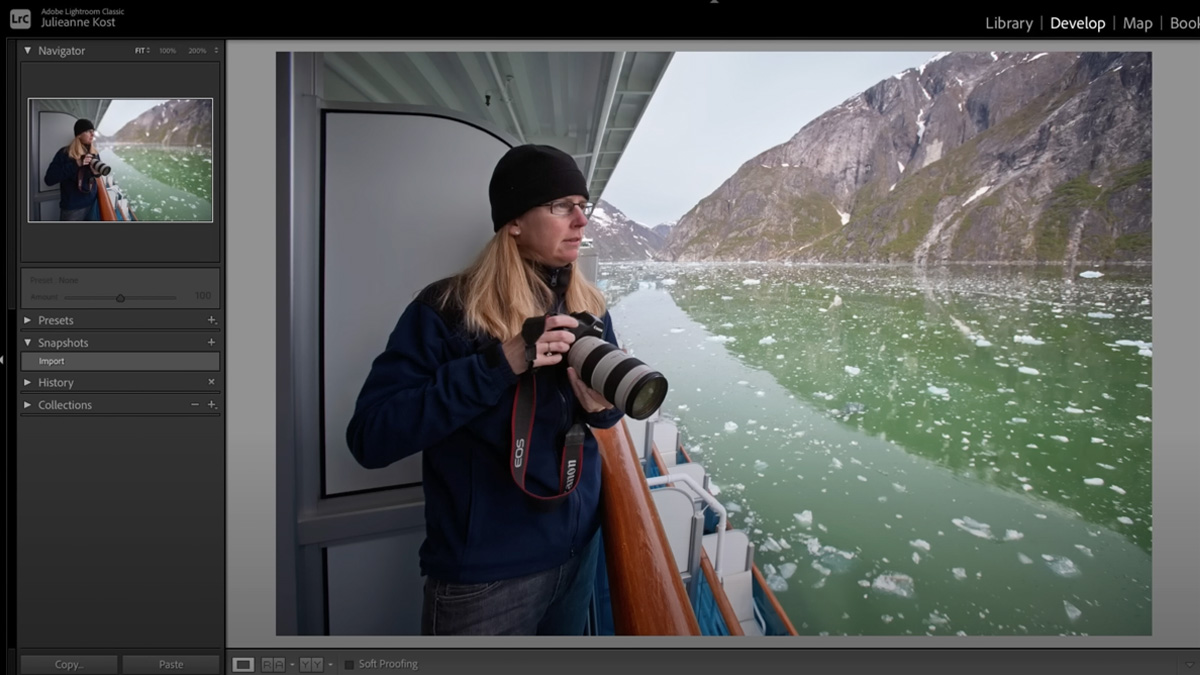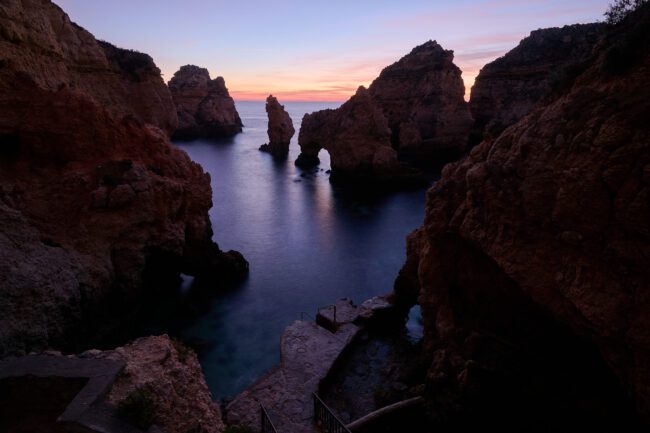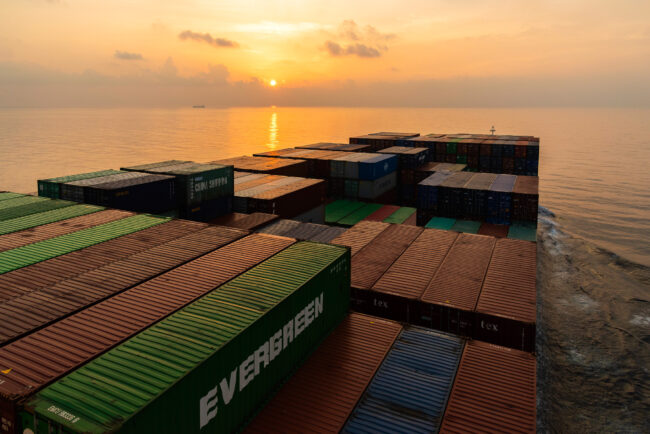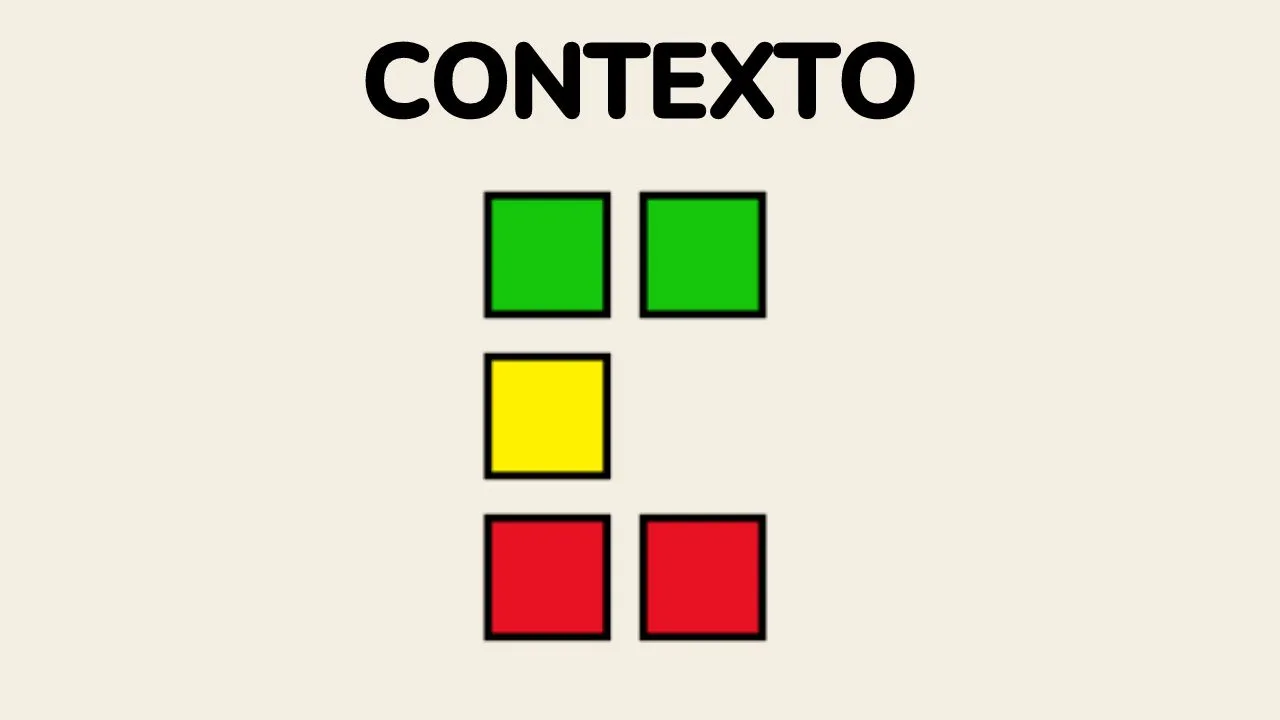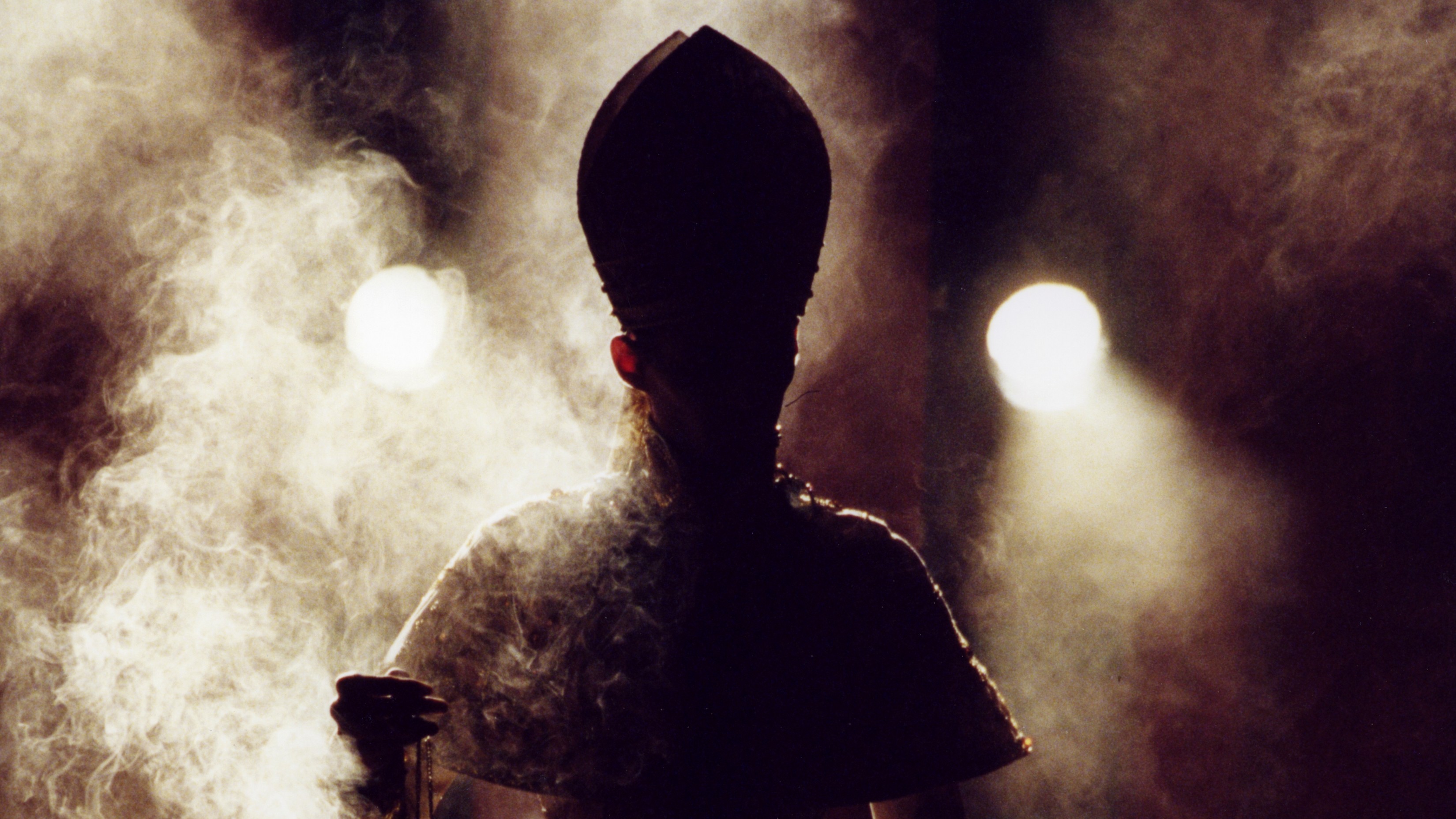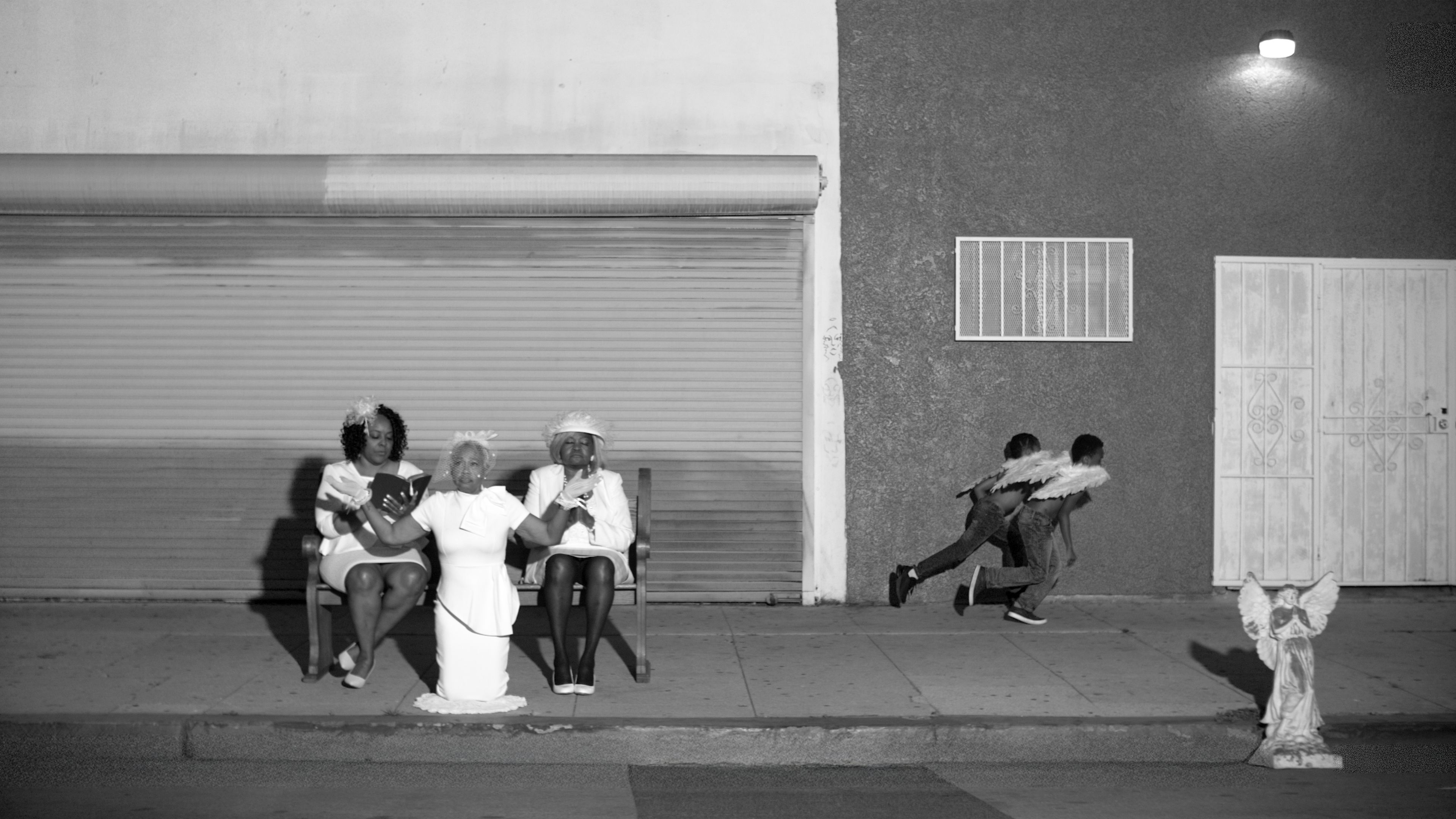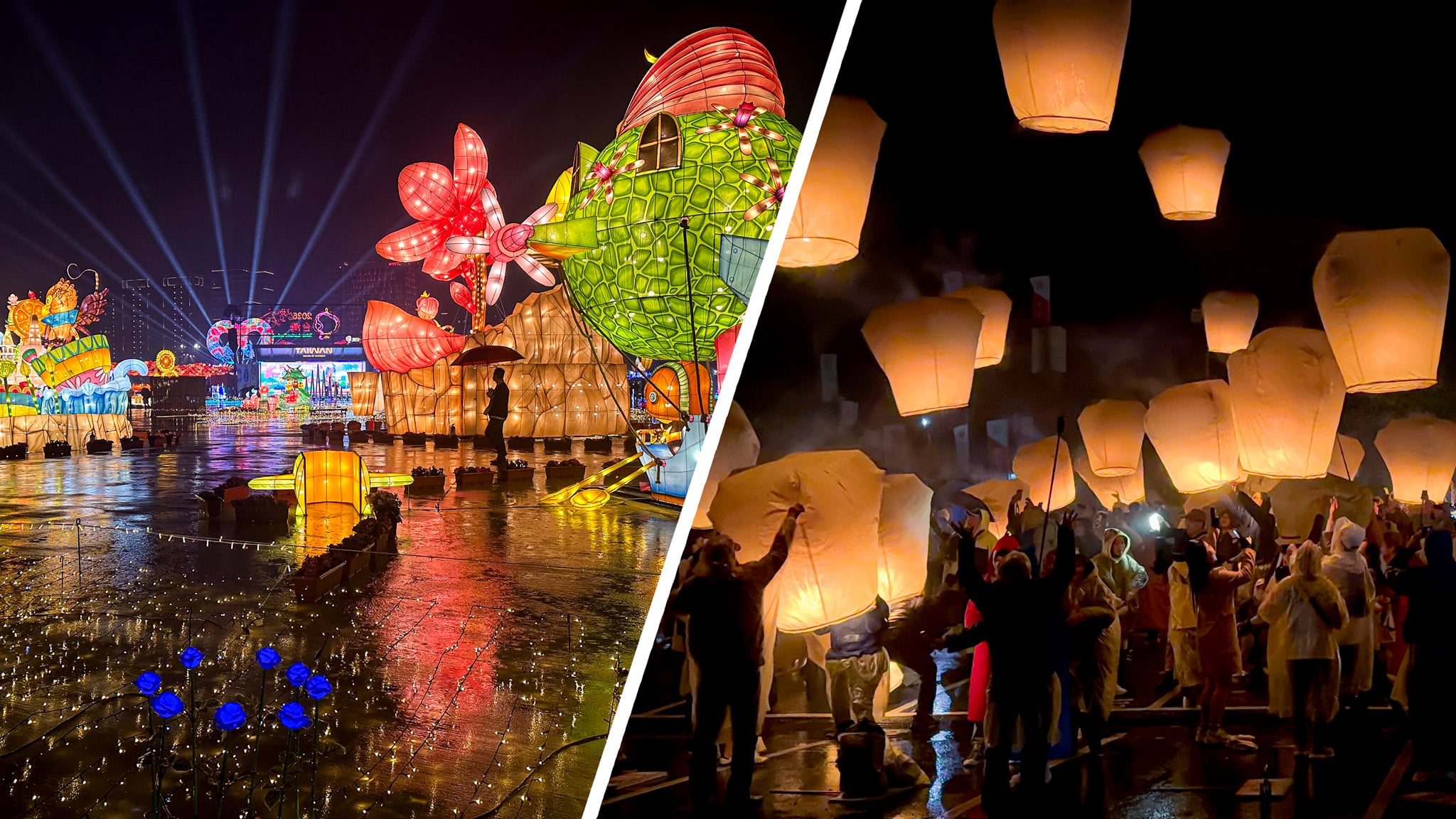The Russian Cemetery in Allinge in Allinge, Denmark
Tucked away on a Danish island in the Baltic Sea is a small cemetery holding an often overlooked history. Located a stone’s throw from the picturesque yellow church in the coastal village of Allinge is the final resting place of World War II Russian Soviet soldiers who died on the island of Bornholm between May 1945 and April 1946. V-E Day, or Victory Day, marks the surrender of Nazi Germany to Allied forces on May 8, 1945. Why, then, would there have been Soviet troops in Denmark after the end of the war? In May 1945, while the rest of Denmark celebrated liberation from Nazi occupation, Bornholm experienced a different reality. Russian troops invaded the island on May 9 and until April 5, 1946, as many as 800 soldiers occupied the island at a given time. At the request of the Soviet authorities, the soldiers who died during the occupation were buried near Allinge church, in what became known as the Russian cemetery (den russiske kirkegård), located outside of the consecrated church grounds. None of the soldiers died in combat, but rather from other causes. At the center of the cemetery is a 12-foot (4-meter) tall granite memorial obelisk. Today, 29 graves are located in the cemetery, all without crosses yet marked by trees. Unsuspecting visitors might pass without a second glance. However, a closer look reveals a place steeped relatively recent history, prompting reflection on events of geopolitical significance.

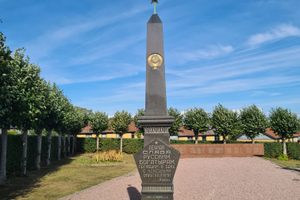
Tucked away on a Danish island in the Baltic Sea is a small cemetery holding an often overlooked history. Located a stone’s throw from the picturesque yellow church in the coastal village of Allinge is the final resting place of World War II Russian Soviet soldiers who died on the island of Bornholm between May 1945 and April 1946.
V-E Day, or Victory Day, marks the surrender of Nazi Germany to Allied forces on May 8, 1945. Why, then, would there have been Soviet troops in Denmark after the end of the war?
In May 1945, while the rest of Denmark celebrated liberation from Nazi occupation, Bornholm experienced a different reality. Russian troops invaded the island on May 9 and until April 5, 1946, as many as 800 soldiers occupied the island at a given time.
At the request of the Soviet authorities, the soldiers who died during the occupation were buried near Allinge church, in what became known as the Russian cemetery (den russiske kirkegård), located outside of the consecrated church grounds. None of the soldiers died in combat, but rather from other causes.
At the center of the cemetery is a 12-foot (4-meter) tall granite memorial obelisk. Today, 29 graves are located in the cemetery, all without crosses yet marked by trees.
Unsuspecting visitors might pass without a second glance. However, a closer look reveals a place steeped relatively recent history, prompting reflection on events of geopolitical significance.
































